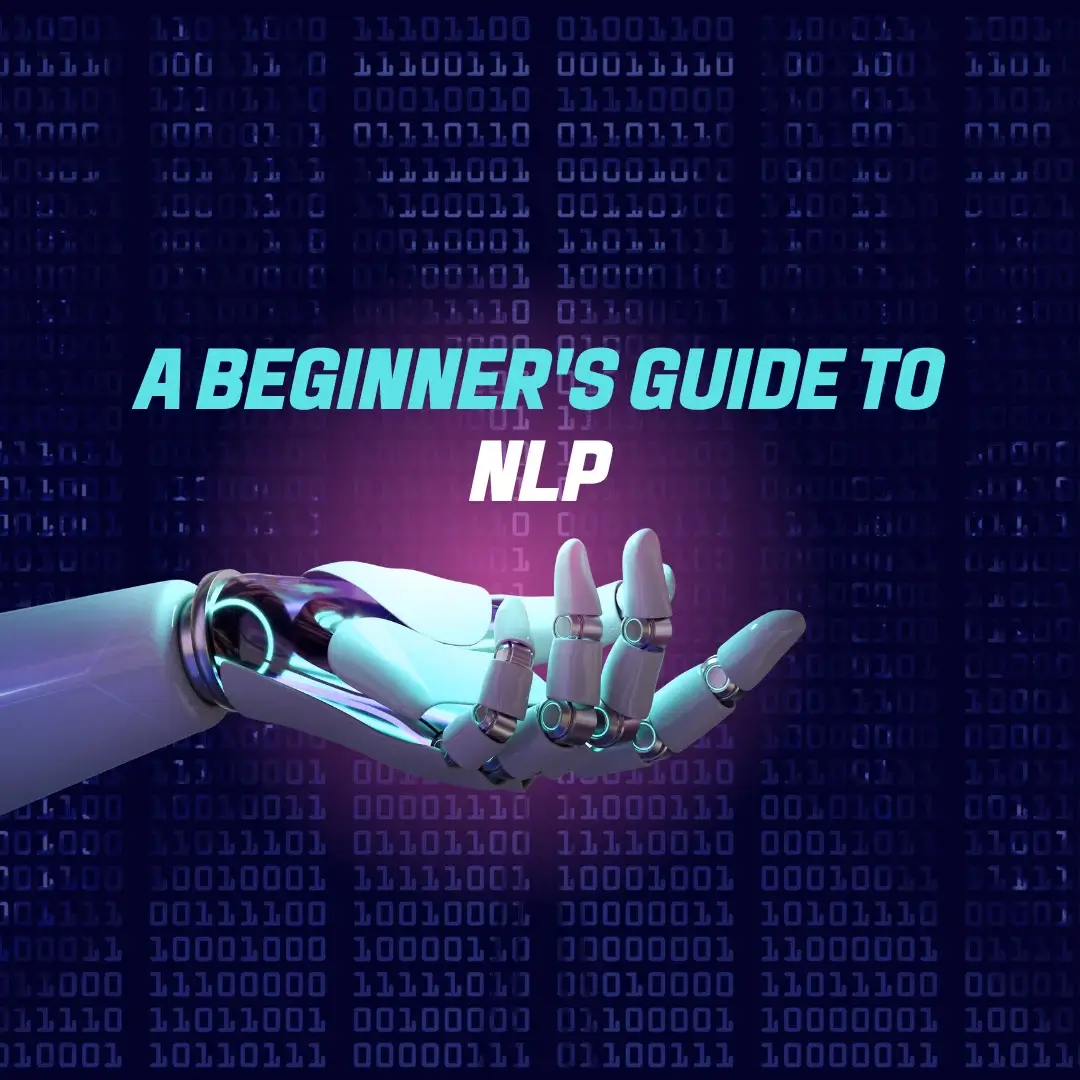Voice changer artificial intelligence (AI) in real-time is revolutionizing the way we interact with audio and video content. This cutting-edge technology enables users to alter their voice instantaneously, providing endless possibilities for entertainment, communication, and professional applications. In this article, we will explore how real-time voice changing works, its current applications, and the potential impact it may have on various industries.
How Real-Time Voice Changer AI Works
Voice changer artificial intelligence in real-time utilizes advanced machine learning algorithms to modify the voice characteristics of a user. This technology can alter pitch, tone, and even the emotional expression of the voice. The process begins with a user’s voice input, which is then analyzed and processed by the AI model. The AI can be trained on various voice samples to create a specific voice profile, enabling seamless voice transformation.
One of the leading tools in this field is Applio, an advanced AI-powered platform designed for voice cloning and audio manipulation. Applio stands out due to its user-friendly interface, modularity, and high performance. It allows users to create and customize artificial voices, offering a wide range of models and tools for different audio applications.
Key Applications of Real-Time Voice Changer AI
The applications of voice changer artificial intelligence in real-time are vast and diverse. Some of the most notable uses include:
- Entertainment and Gaming: Voice changers are popular among gamers and content creators who wish to disguise their voices or create unique character voices. This adds an extra layer of immersion and fun to their content.
- Communication: Real-time voice changers can enhance privacy and security during phone calls or video chats. Users can mask their voices to protect their identity or simply for amusement.
- Content Creation: Video creators and podcasters can use voice changers to add variety to their content. This technology allows them to mimic different characters without needing multiple voice actors.
- Accessibility: Voice changer AI can assist individuals with speech impairments by providing a clear and consistent voice. This can significantly improve their ability to communicate effectively.
- Voice Acting and Dubbing: The potential for voice changer AI in the dubbing industry is immense. A single voice actor could potentially provide voices for multiple characters in different languages, reducing the need for multiple actors and simplifying the production process.
The Rise of Tools Like RVC and Pinokio
Several tools have emerged that leverage the power of voice changer artificial intelligence. One prominent example is RVC (Real-Time Voice Conversion), a versatile AI model used extensively for creating unique voice transformations online. RVC has continually improved its training, applications, and processes, making it a popular choice among users.
Additionally, applications like Pinokio offer free installation of open-source AI models like RVC. These tools democratize access to advanced voice changing technology, allowing users to experiment and create without significant financial investment.
Implications and Ethical Considerations
The advancements in voice changer artificial intelligence in real-time come with significant implications for various industries and ethical considerations. As this technology becomes more accessible and efficient, it will undoubtedly impact how we perceive and produce audio content.
For instance, the ability to replicate voices in real-time raises questions about authenticity and consent. If AI can mimic someone’s voice perfectly, how will we distinguish between genuine and AI-generated content? This concern extends to phone calls, voice messages, and even video calls, where deepfake technology is also improving for real-time use.
Moreover, the potential for voice changer AI to disrupt the dubbing industry is considerable. While it offers efficiency and cost savings, it also poses a threat to traditional voice actors. One actor could potentially dub an entire movie in multiple languages, provided the rights to the voice are secured.
Conclusion
Voice changer artificial intelligence in real-time represents a significant leap forward in audio technology. Tools like Applio, RVC, and Pinokio are leading the charge, offering users powerful capabilities to transform their voices instantly. As this technology continues to evolve, it will bring both exciting opportunities and challenging ethical questions. By understanding and navigating these complexities, we can harness the full potential of voice changer AI to enhance our interactions with audio and video content.








